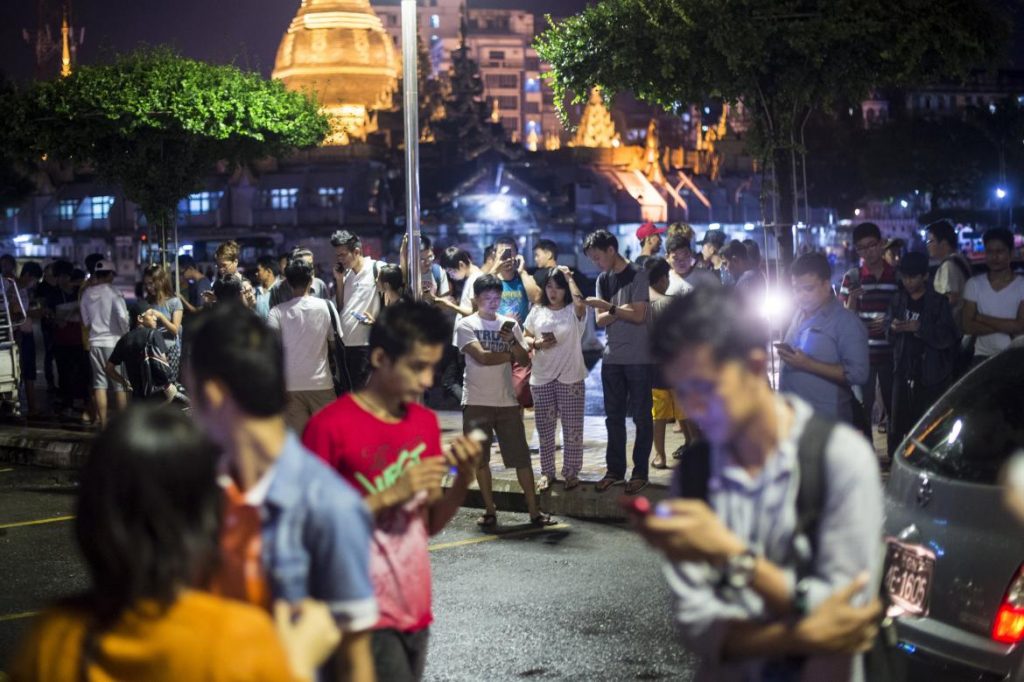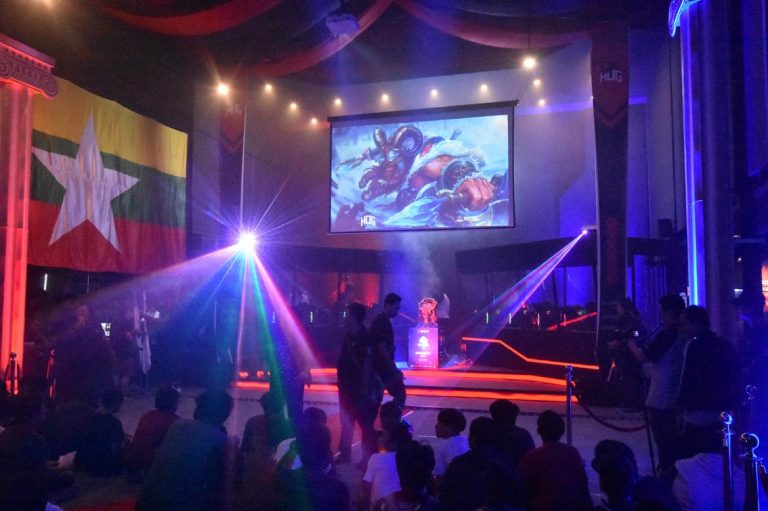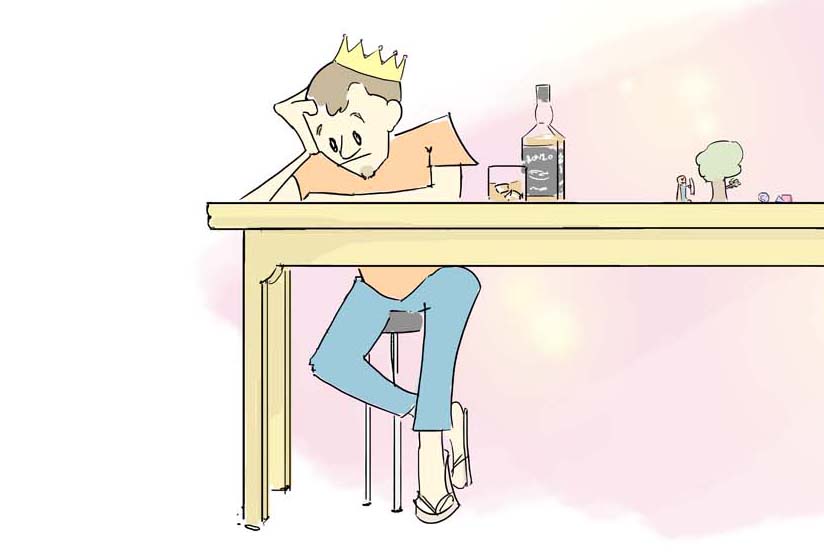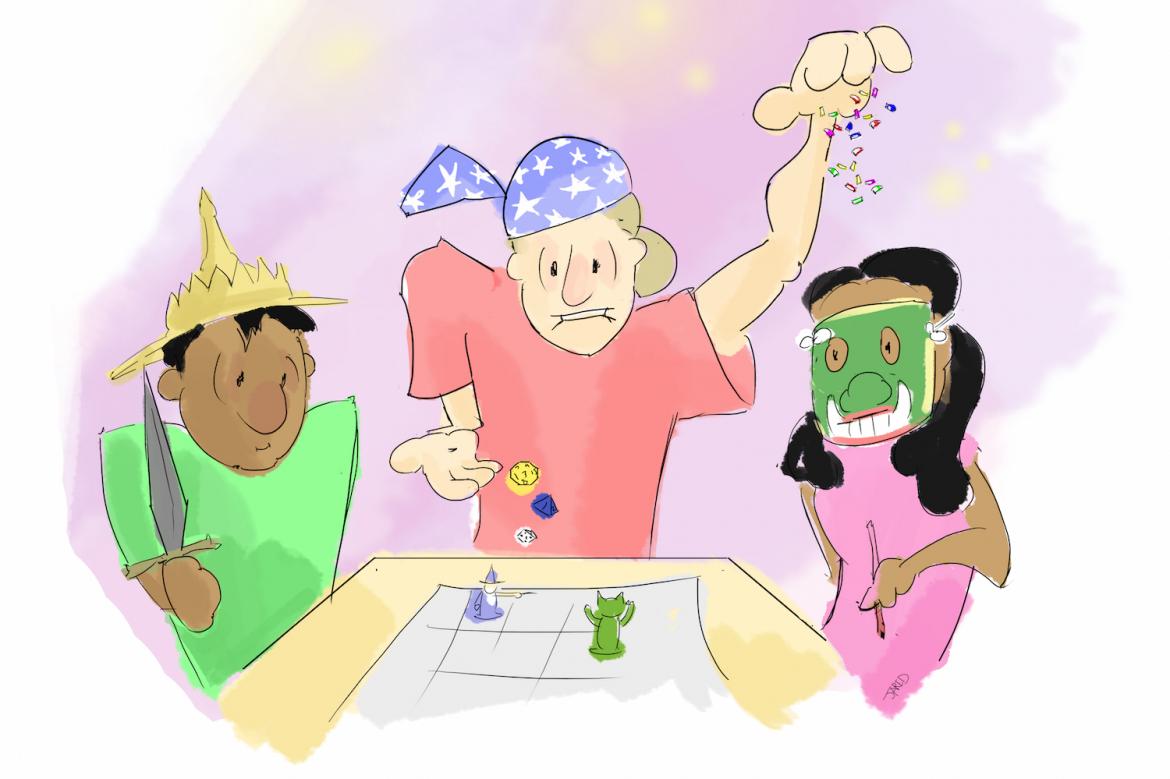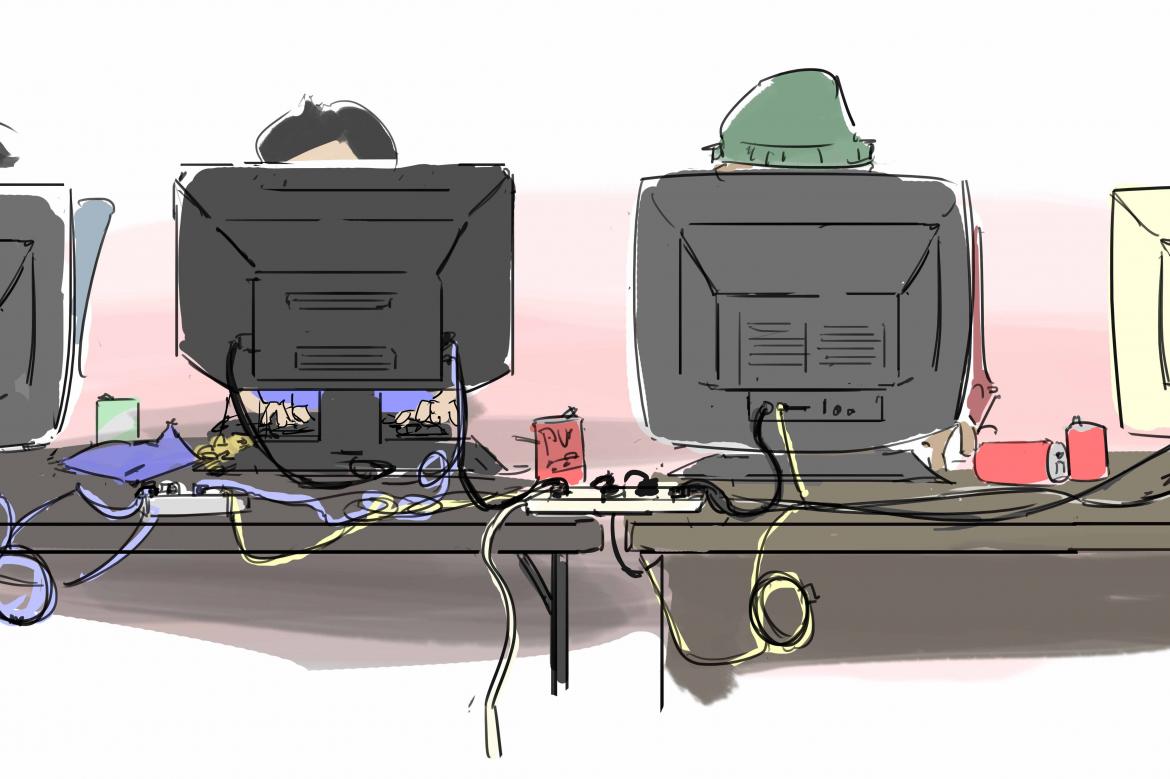The arrival in Myanmar of the global craze Pokemon Go is the likely reason for the excited crowds of young people with mobile phones gathering at all kinds of locations.
By JUSTIN PUN | FRONTIER
NERDS AND geeks rejoice! The augmented reality mobile phone game Pokemon Go was released in Myanmar on August 6 and eager fans have joined more than 100 million players around the world.
Based on the popular Pokemon franchise that has sold millions of copies of hand-held video games and trading cards, and even spawned a decade-old anime series, Pokemon Go challenges players to seek, fight, catch and train virtual creatures. Using augmented reality geocaching technology, it sends players and their phones on hunting expeditions that can be around the corner or around the world to catch all 151 Pokemon characters and train them to fight at designated gyms for the player’s team.
The game, developed by San Francisco-based Niantic, has quickly become an international phenomenon that has brought people from all walks of life together, sometimes at unusual locations.
Whether you grew up with Pokemon or are picking up the game with no previous experience, regardless of age or background, Pokemon Go is creating common ground where you can meet and participate in something as simple as catching all the characters.
Support more independent journalism like this. Sign up to be a Frontier member.
The launch of Pokemon Go in selected countries since June has mainly generated positive headlines but there have been a few glitches. With good news and bad news from the early adopters of Pokemon Go, is it worth the time and effort to download it in Myanmar?
Pokemon Go is simply a game that suggests there is an alternate world where Pokemon creatures exist and can only be viewed, captured, and fought with on your phone, which will use its GPS signal to fix your location. Scattered throughout our real world are Pokestops (places where you can receive randomised consumable equipment) and Pokegyms (locations where you can fight other player’s Pokemons to claim the title of gym owner for your team).
Many of the real-world locations are prominent public sites, such as monuments or parks, where you can farm for gear, and battle and capture Pokemon. The more experience you acquire the more points you will accumulate. The higher your points level, the greater your chances of acquiring the specialised gear that will help to capture the powerful Pokemon that you can use to fight other players. As you capture more Pokemon or hold down gyms, you’ll be rewarded with Stardust that you can use to power-up and improve your combat level, providing opportunities to fight tougher opponents.
There is also an egg-hatching mini-game determined by the distance you walk. The more you move in search of Pokemon, the closer the egg comes to hatching in its incubator.
The game and the system works in Myanmar, at least when you’re not surrounded by dozens or hundreds of players. Some strange location shifting occurs occasionally and there are moments when Pokemon will show up for one player but not another, as well as major slowdowns from the app if you’re in areas with many players.
If there are many Pokegyms and Pokestops close to each other, there are sure to be several players working to farm the stops for gear and compete at gyms, all of which will slow the app to a crawl. I’ve also had difficulty finding Pokemon because the “Findings” section doesn’t indicate direction or distance to Pokemon in our area, making it a sad version of Marco Polo with just the Marco part.
As a player, I admit the game is addictive. It is hard to not keep an eye on the phone to see what’s near or if a Pokemon is within catching distance. The moment you find one, you’ll want to drop what you’re doing and try to catch it immediately, which requires a certain amount of focus. It is this intense concentration that has caused players to fall off cliffs, walk into lakes or be involved in car accidents.
As a multiplayer game, some will also use it as an opportunity for abuse or trolling other players. Others may take Pokemon Go too seriously and become obsessively competitive about a game involving fictional creatures in a virtual world with fictional gyms for arbitrary teams that will not generate much in the way of rewards. The game creates real drama, whether from other teams or from within.
Despite these problems, we continue to encounter crowds of players at prominent public places and see daily social media posts from friends and loved ones about their game.
What is it about Pokemon Go that has had some players take it up and run with it (literally)? At its core, it’s a collection game. Like the card game and the hand-held versions, one of the arbitrary goals set by most players is described in the anime, “Gotta catch them all.”
With 151 types of Pokemon creatures to catch and many of them rare, collecting them all is the dream of every player. But it can be easy to become hooked to the game’s constant rewards system and find that you are multitasking your days around Pokemon Go. Travelling in traffic or taking the bus to school or work? Whip out your phone and see if any Pokemon are close. Take a jog and help to hatch your eggs while exercising. Meet your friends and turn a bar crawl into a Pokemon hunt and at the end of the evening compare your collection with others in merry celebration.
Pokemon Go is a game with a simple, effective mechanism that rewards your readiness to explore and move around. Anyone can pick it up and play.


